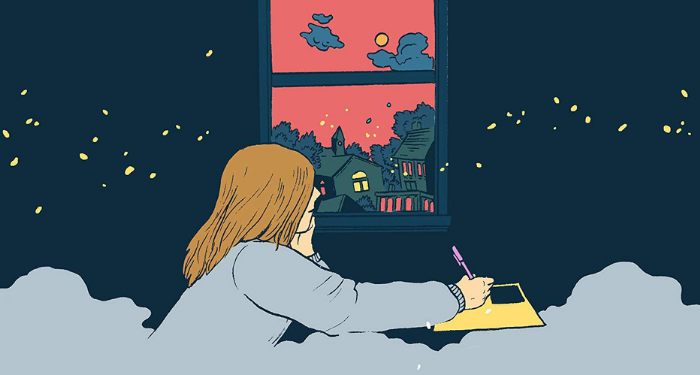This content contains affiliate links. When you buy through these links, we may earn an affiliate commission.
I’ve heard tell of a loneliness epidemic for a while now, worsened especially by the past two years of disease and isolation. Book lovers like us tend to turn to stories to feel like we’re less alone, or to leave behind what’s bothering us completely. When I’m feeling isolated, I also tend to turn to comics, because there’s something about panel art that can’t always be communicated in the written word. Comics about loneliness oddly make me feel a lot less alone.
Comics artists who are tackling the theme of loneliness can use panels to demonstrate the various stages of being stuck inside your own head. Whether it’s moving through various states or living in your imagination, comics panels can communicate a lot of turmoil in both abstract and specific ways.
Assigning words to emotions, especially the pain of loneliness, is difficult. That’s not to say that representing loneliness through art is any easier — it’s just a different method of communicating. In comics about loneliness, I’ll often come across an image that’s very familiar: standing in front of the fridge, sitting blank-faced on public transit, or staring up at the sky. Reading comics about loneliness always helps me put things in perspective and remember that there is a world outside of my head.
Loneliness in Comic
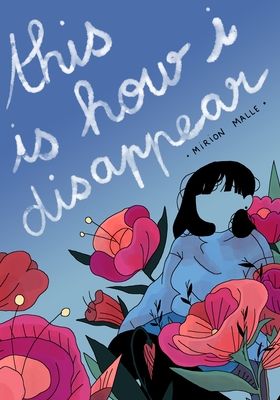
This Is How I Disappear by Mirion Malle, translated by Aleshia Jensen
Being at your lowest and trying to reach out can be like trying to dig yourself out of your own grave. Clara is a young woman coping with mental health after a sexual assault. Even though Clara is pushing herself to reach out and go out and be there for her friends, nothing really pulls her out of her funk. She’s also overworked and unable to write, which used to be her best creative outlet. The most affecting pages of this comic for me are when Clara is lying in her bed, despondently searching for mental health coping strategies on the internet. This story is very honest about how you can do everything for your mental health, but progress is not easy or linear.
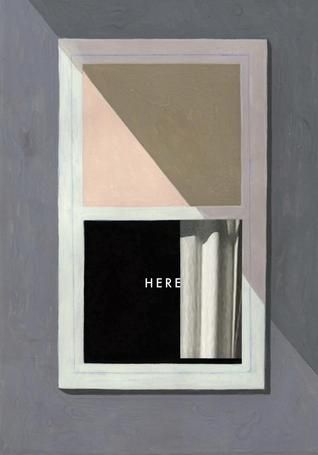
Here by Richard McGuire
This is a novel-length version of Richard McGuire’s comic strip Here, which originally appeared in the underground comics magazine RAW in 1989. With very little language, McGuire follows a particular corner of a particular room throughout all of history. Before it was a room, it was so many other places and entered by every stage of evolution. This one place contains all of history, and this comic puts into perspective how to remember that the world is much larger than just our experiences.
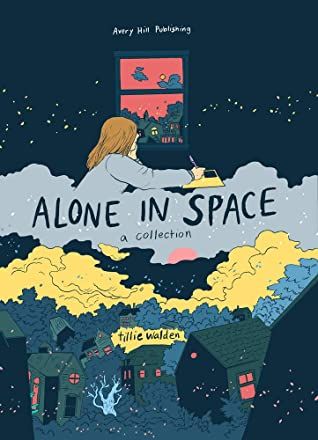
Alone in Space: A Collection by Tillie Walden
This is a collection of three of Tillie Walden’s early comics stories, and it also includes sketches and smaller comic strips from throughout her artistic history. Walden’s stories all focus on people coming to terms with their fears and emotions about the world around them. In classic Walden style, there are giant cats, imposing buildings, and abstract representations of our innermost thoughts. Walden has a deft way of accessing deep feelings of loneliness and opening them up to the rest of the world.
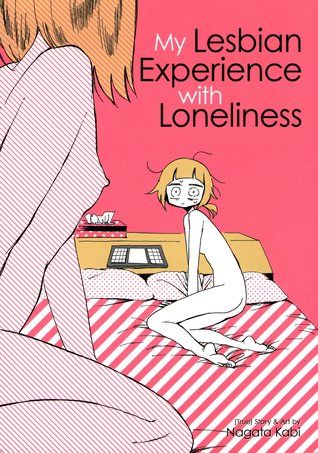
My Lesbian Experience with Loneliness by Kabi Nagata
Nagata’s comic about coming out and coming to terms with mental illness is deeply honest and resonates with anyone who might be feeling stuck in their own spiraling. The story’s action focuses on Kabi seeking sexual pleasure for the first time as a lesbian, and hoping that will cure her loneliness. However, it is also a frank exploration of Kabi’s mental illness, from anorexia to self-harm to depression. This comic beautifully communicates how loneliness can take over your brain when you’re struggling.
Pixels of You by Ananth Hirsh and Yuko Ota, art by J.R. Doyle
In a near future world where AI is so advanced that it can exist in human forms, a human teenage girl named Indira and an AI girl named Fawn form a begrudging friendship. When they meet, they’re both working as photography interns at an art gallery. Indira is struggling with prejudice and exclusion in the art world, and though she originally dislikes Fawn, they manage to find some common ground. This is a sweet comic about feeling isolated and eventually realizing that we’re not as different as we originally think.
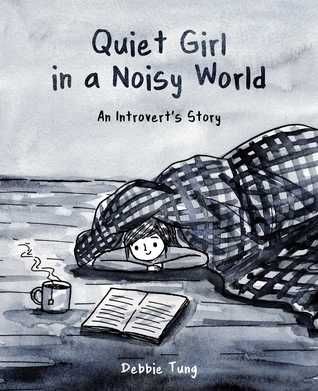
Quiet Girl in a Noisy World: An Introvert’s Story by Debbie Tung
While the whole introvert-extrovert divide has been dissected on the internet to the point of parody, this comic tells an interesting story about socializing as an introvert. Debbie Tung’s autobiographical comic takes us through her life right at the end of college and her early adulthood. This is the time when we’re all very delicate and navigating new adult responsibilities, so it is important to reach out to people. However, Tung gets most of her energy from being alone, and her comic shows us how to respect that need for alone time while making space for new connections.
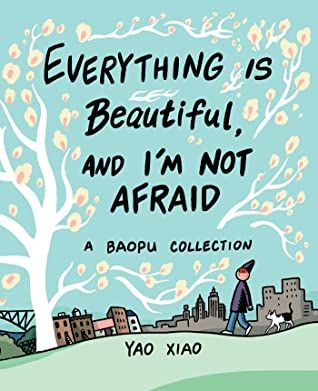
Everything Is Beautiful, and I’m Not Afraid: A Baopu Collection by Yao Xiao
Being alone in a new country is terrifying. Yao Xiao uses her comics to explain the various ways the narrator has been excluded from her communities. When she came out as bisexual, her mother didn’t accept her. As an immigrant in America, she struggled with various cultural issues and feeling divided from the people around her. Stuck between two cultures and not really feeling at home in either, Yao Xiao uses comics to process her own way out of this uncomfortable liminal space.
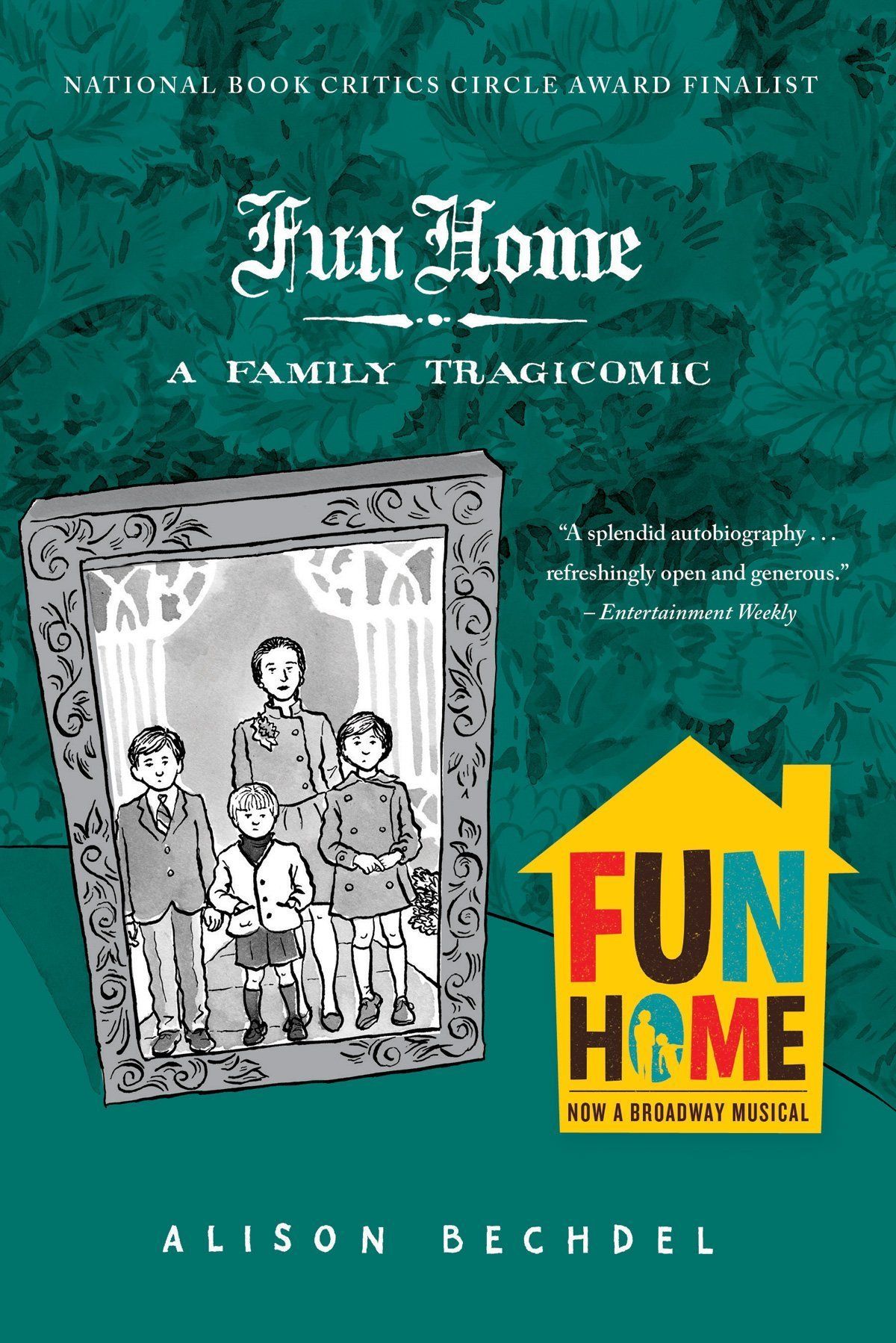
Fun Home: A Family Tragicomic by Alison Bechdel
If you’re a fan of comics at all, you’ve probably heard of or read this graphic memoir. What was so affecting to me in my first read was how Alison and her father had this similar experience that they couldn’t bond over. Alison had the curious experience of growing up in a funeral home with her dad managing it. Though they failed to connect in person, they bonded at a distance through literature. It’s only when Alison comes out that she finds out about her dad’s secret life as a gay man, and she understands all the reasons they were stuck in their own lonely worlds when she was growing up.
Connection through Comics
When I connect with comics, the most resonant panels tend to pop up in my head over and over again. Images about loneliness communicate just as much as a paragraph of flowery prose, and even more in some cases.
Loneliness gets worse when we feel like we have no one to reach out to, because of issues around queer identity or mental health struggles. If you’re looking for more comics that speak to issues around mental health and mental illness, there are many great comics about depression and anxiety.
























































![Key Metrics for Social Media Marketing [Infographic] Key Metrics for Social Media Marketing [Infographic]](https://www.socialmediatoday.com/imgproxy/nP1lliSbrTbUmhFV6RdAz9qJZFvsstq3IG6orLUMMls/g:ce/rs:fit:770:435/bG9jYWw6Ly8vZGl2ZWltYWdlL3NvY2lhbF9tZWRpYV9yb2lfaW5vZ3JhcGhpYzIucG5n.webp)


